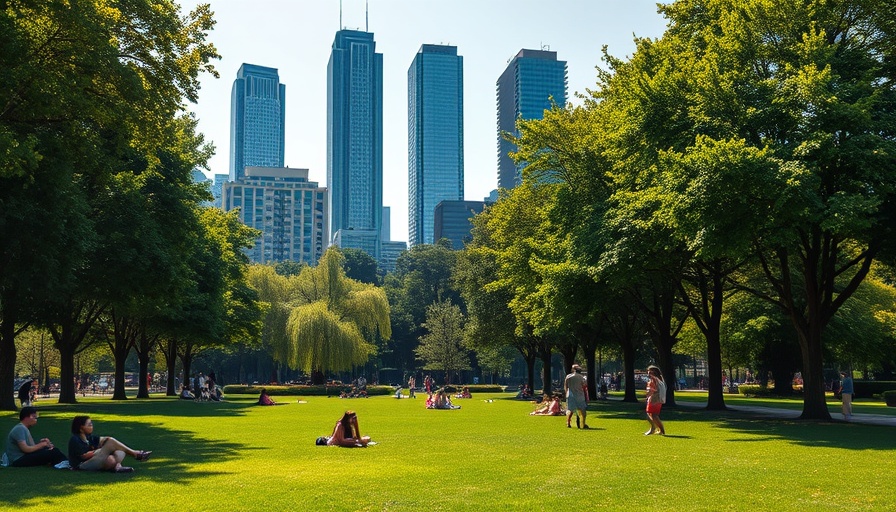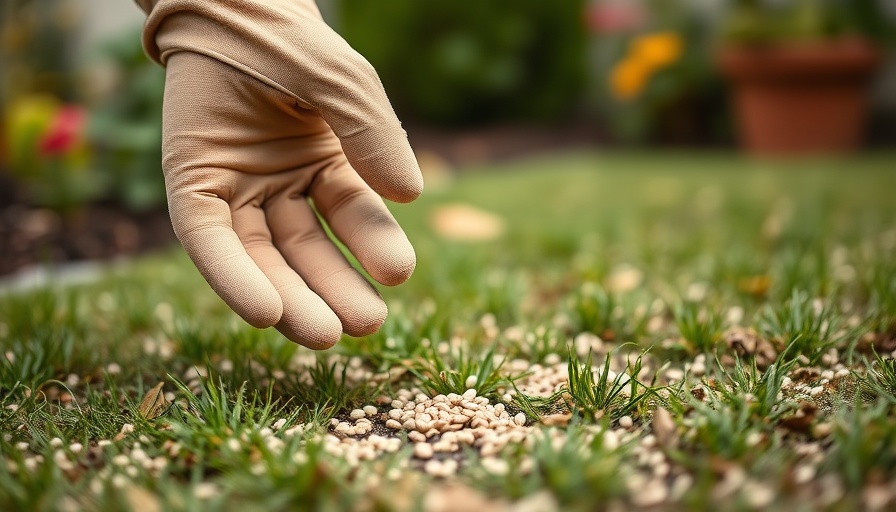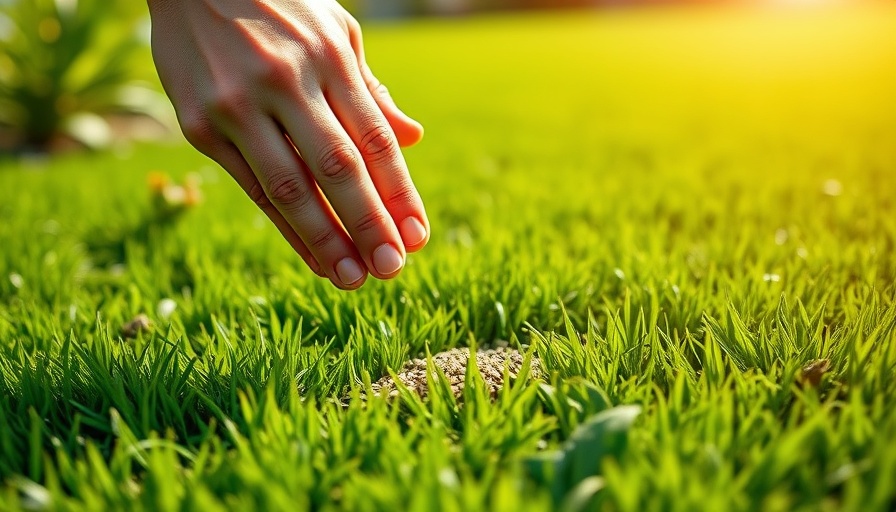
Understanding the Impact of Fall Rainfall on Corpus Christi Lawns
As the fall season embraces Corpus Christi, homeowners might feel the changes in the air. The region experiences its highest monthly rainfall, which is beneficial for maintaining lush lawns. With the natural downpour aiding in moisture retention, this season slashes watering expenses, allowing your grass to thrive. However, this doesn’t mean putting your lawn maintenance on autopilot; strategic care is still crucial for a burgeoning green space come spring.
Efficient Mowing Practices: More Than Just Routine
In Corpus Christi, the warm fall temperatures ensure that warm-season grasses, like Bermudagrass, remain active well into November. The key to sustaining a vibrant lawn lies in vigilant mowing. It’s important to cut the grass when necessary rather than on a set schedule, as well as to prevent the grass from growing excessively tall, which could invite fungal infections. A vital rule of thumb is keeping cuts to no more than one-third of the blade length to protect the root system.
Fall Fertilization: Nurturing Your Lawn with Essential Nutrients
Fertilization in the fall is paramount for Corpus Christi lawns. A slow-release fertilizer filled with nitrogen and potassium sets the stage for a healthy winter and a vibrant comeback in spring. If done correctly, this nutrient push enables growth by building a dense turf that naturally fends off weeds, even in warmer climates.
Recycling Fallen Leaves: Harnessing Nature's Nutrients
Despite the absence of vivid autumn shades, the leaves in Corpus Christi transition from green to brown before falling. These leaves can be an asset rather than a nuisance. By mulching them, homeowners can add crucial nutrients back to their lawn, turning waste into enrichment. A lawn mower adjusted to its highest setting can turn dry leaves into finely chopped mulch, spreading vital energy across the yard.
Revitalizing Worn Lawns through Overseeding
With lawns serving as prime locations for summer festivities, wear and tear can be prevalent. Identifying and overseeding bare patches in the fall or early winter fortifies against weed infestation and enhances lawn robustness. Matching grass types will ensure a seamless look and aid the lawn's resilience against the climate.
Keeping an Eye on Lawn Pests
The moisture and mild temperatures also mean lawns might become playgrounds for pests. Keeping a vigilant eye for unwanted guests ensures that the lawn remains pest-free through the colder months. Early detection and action can protect grass from damage, ensuring it stays lush and healthy.
Actionable Insights and Practical Tips
These strategies aren’t just for reading—they’re for implementing! Utilizing the natural elements and applying these tips can significantly enhance your lawn’s appearance and health. From mulching leaves to strategic fertilizing, every step plays a crucial role in optimizing your lawn care routine for sustainable results.
 Add Row
Add Row  Add
Add 


Write A Comment